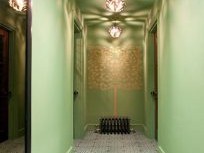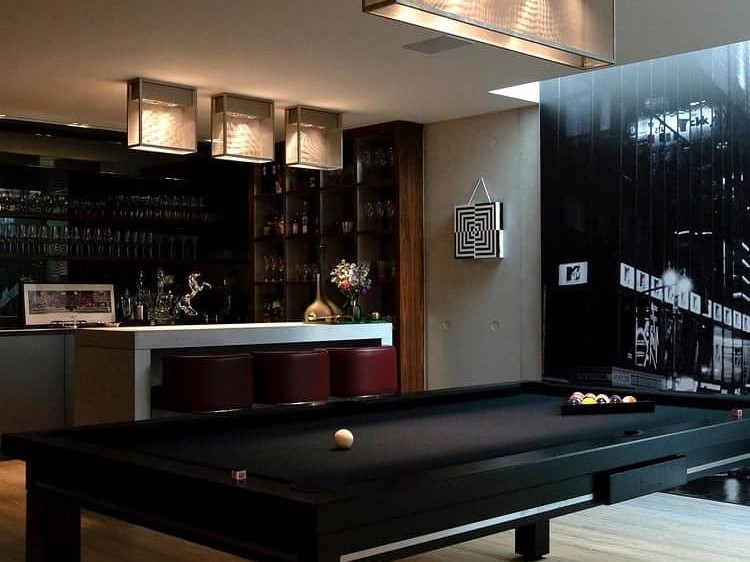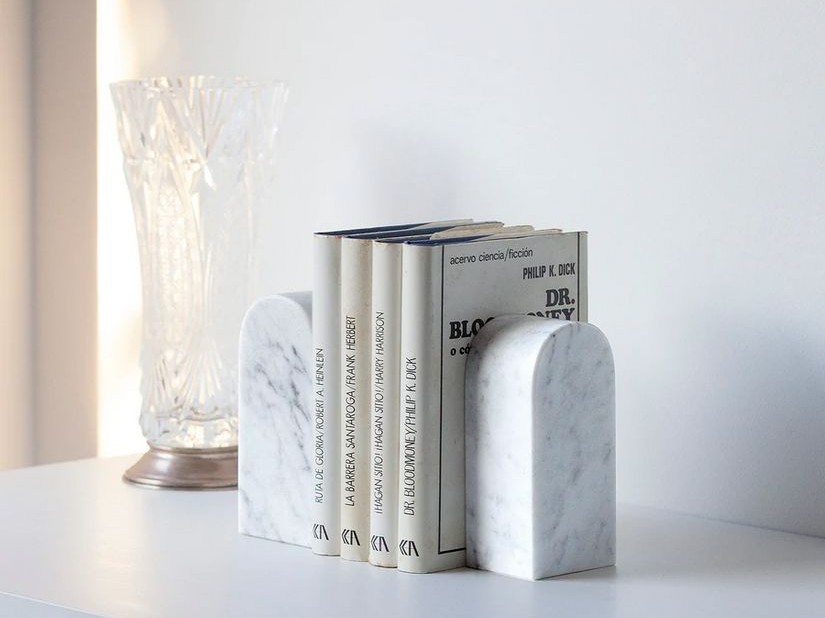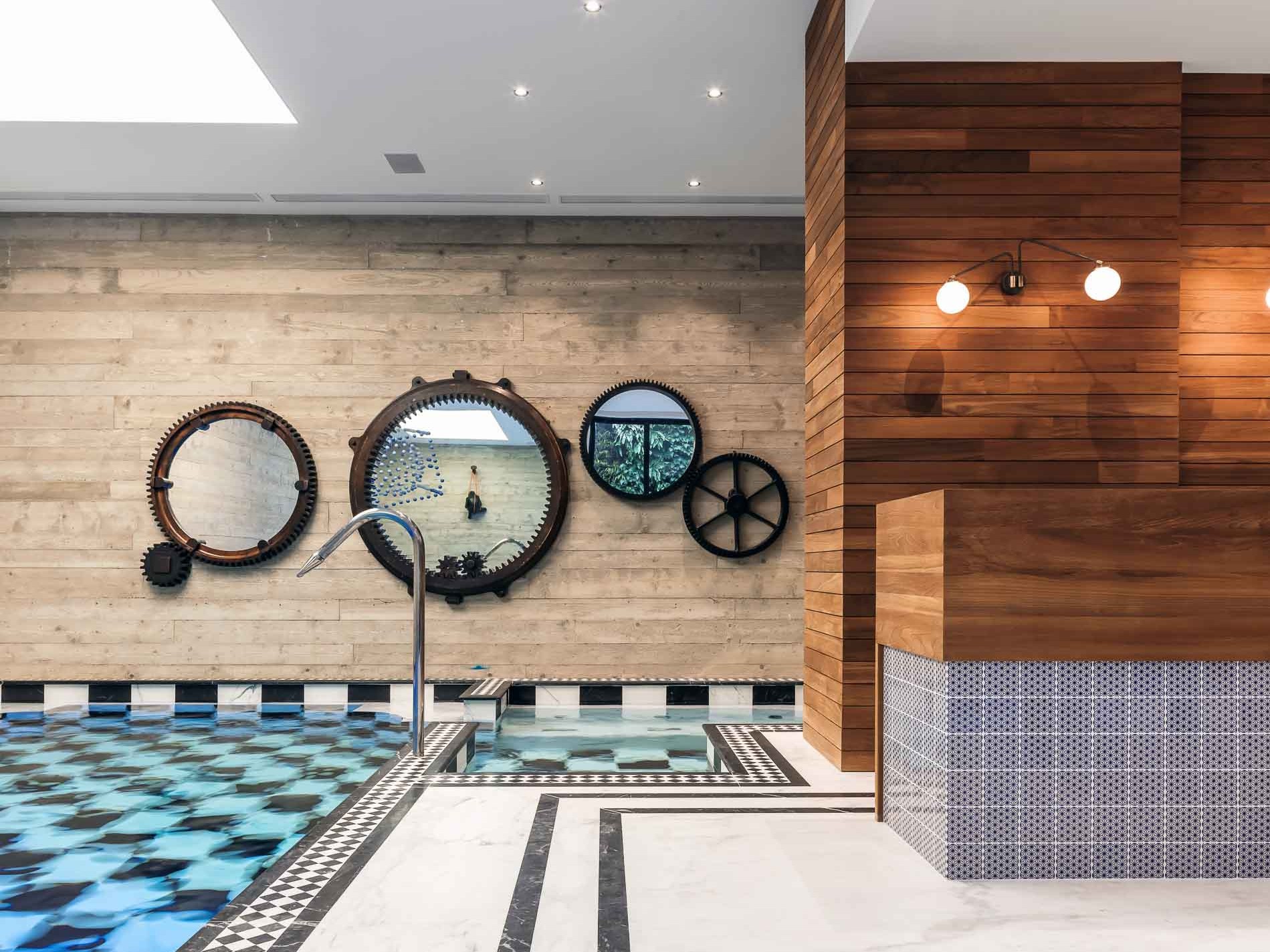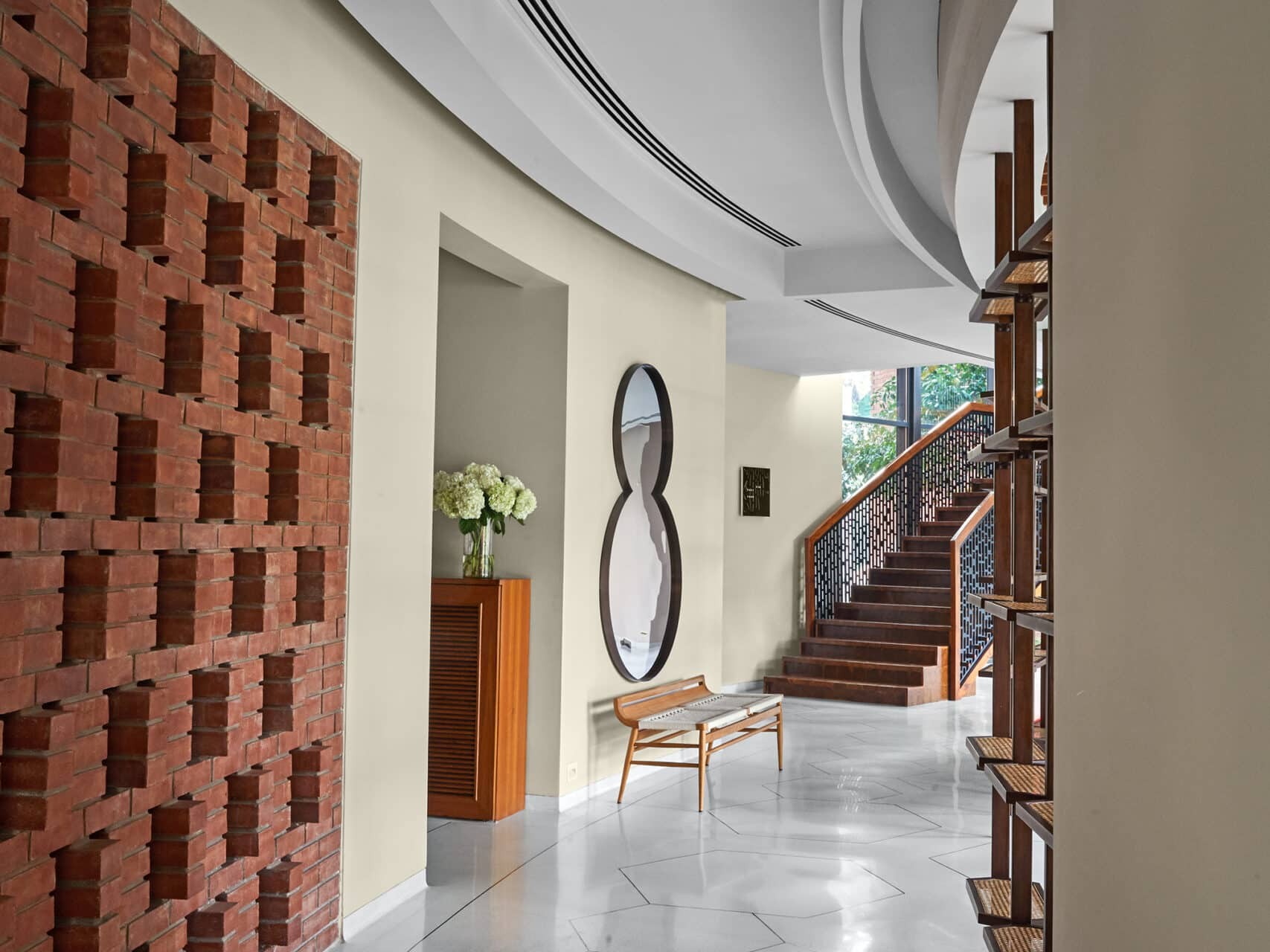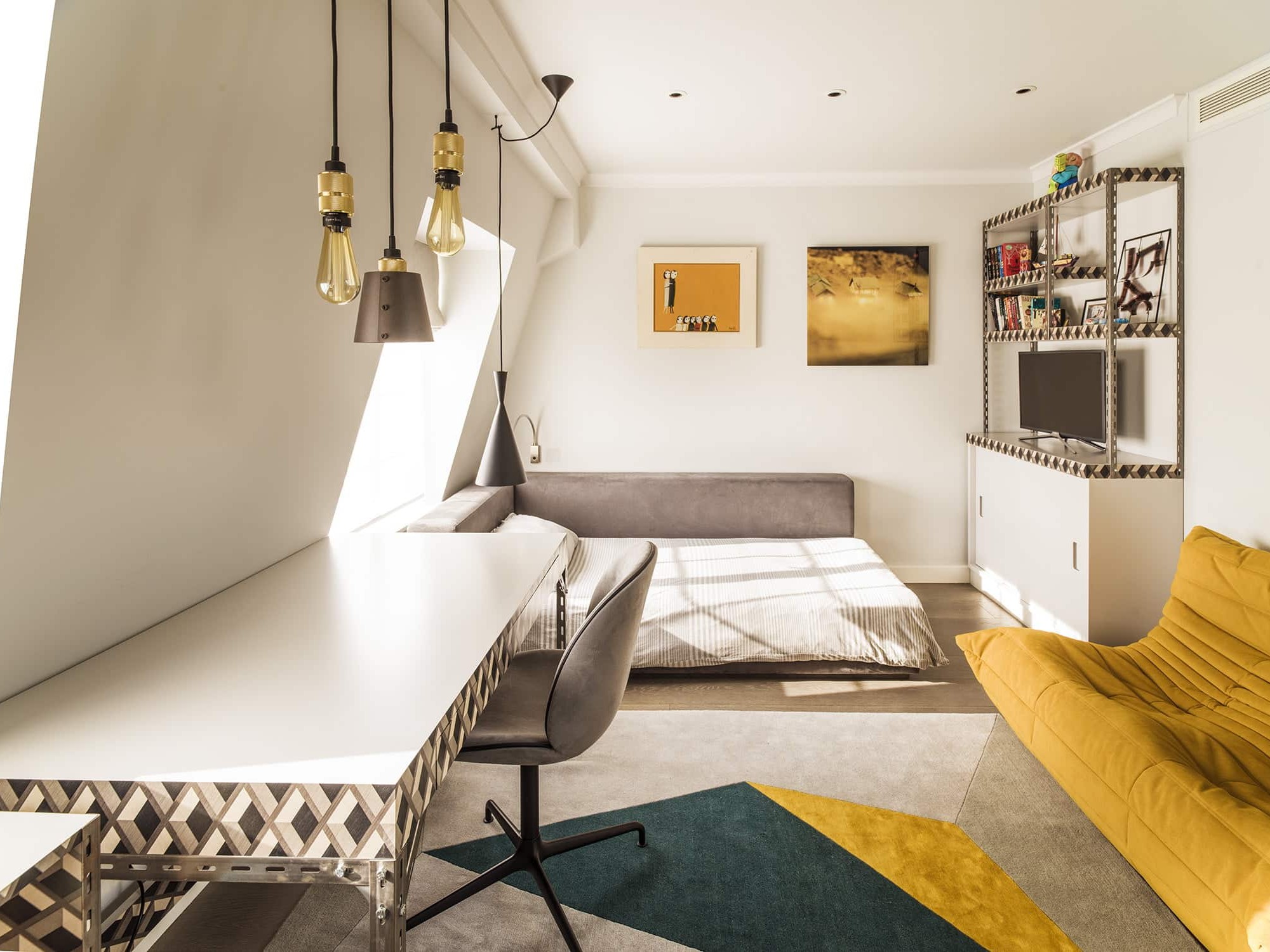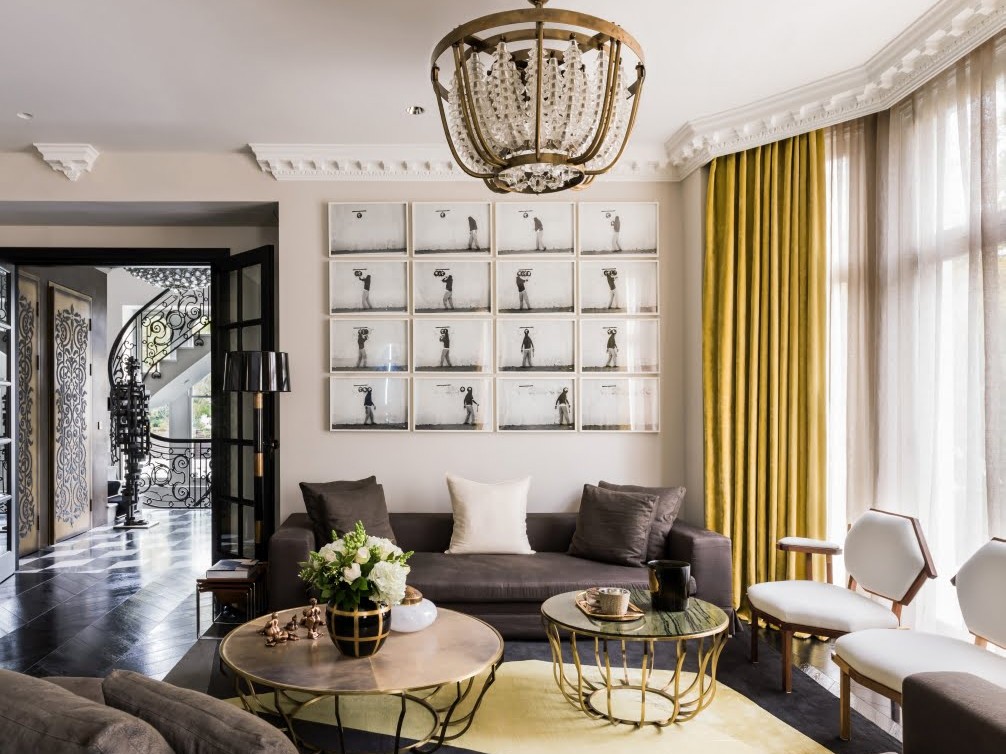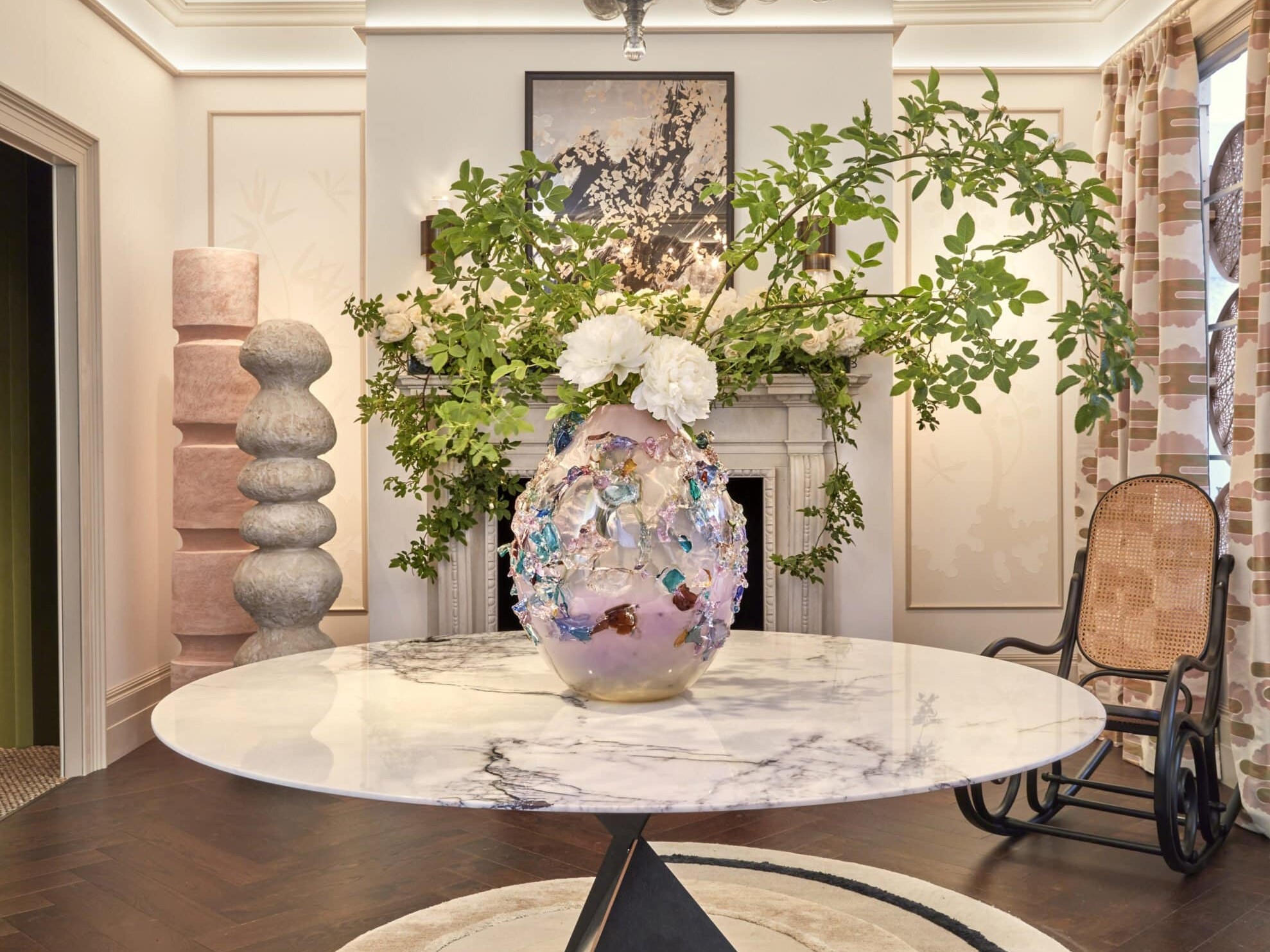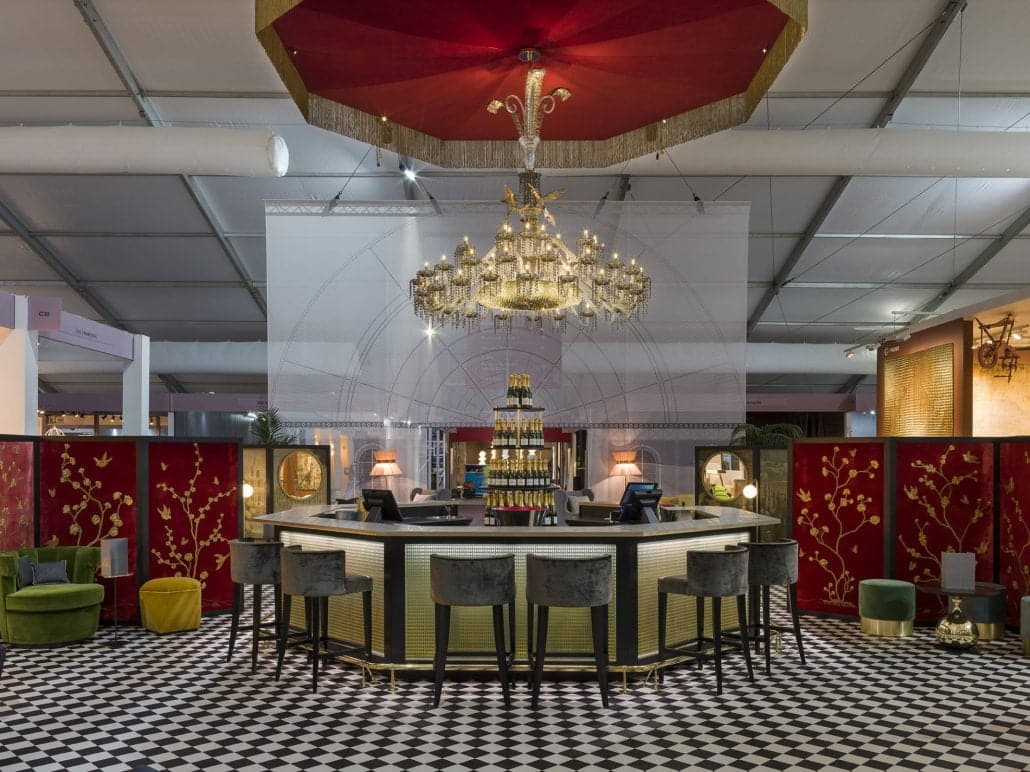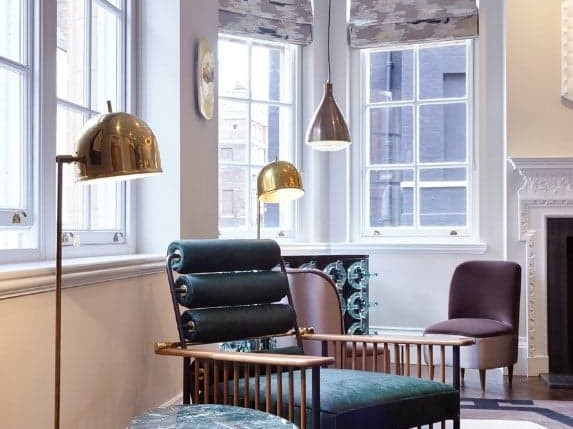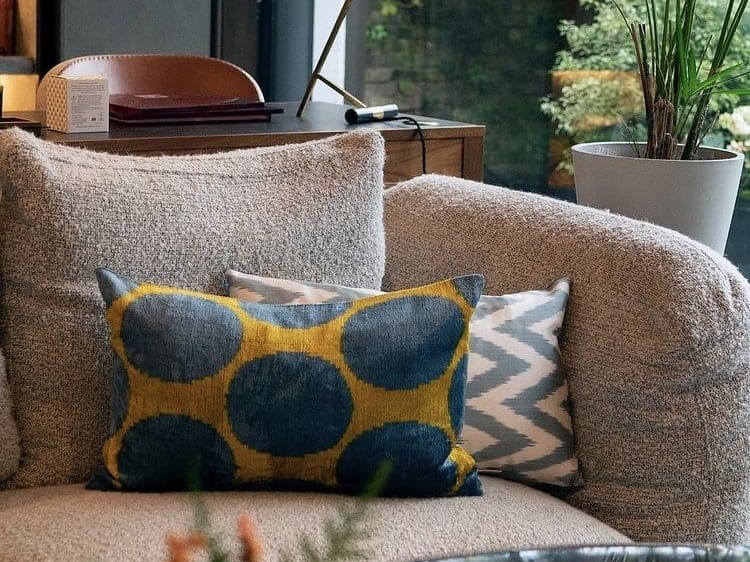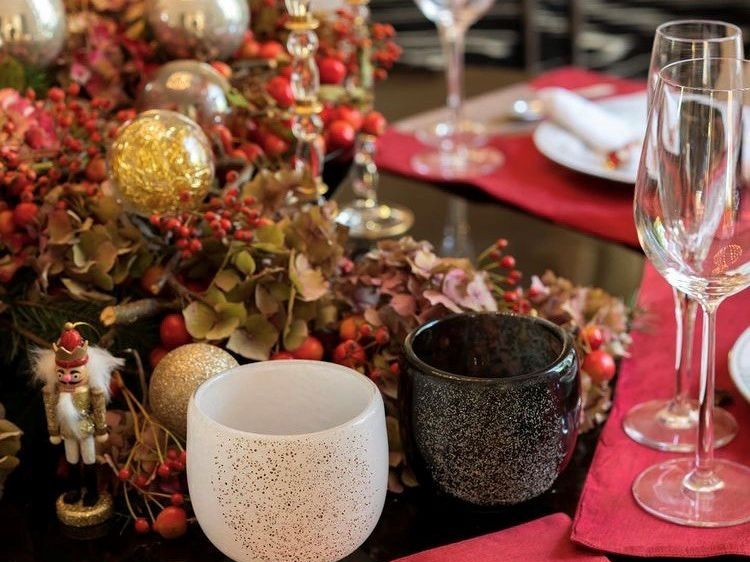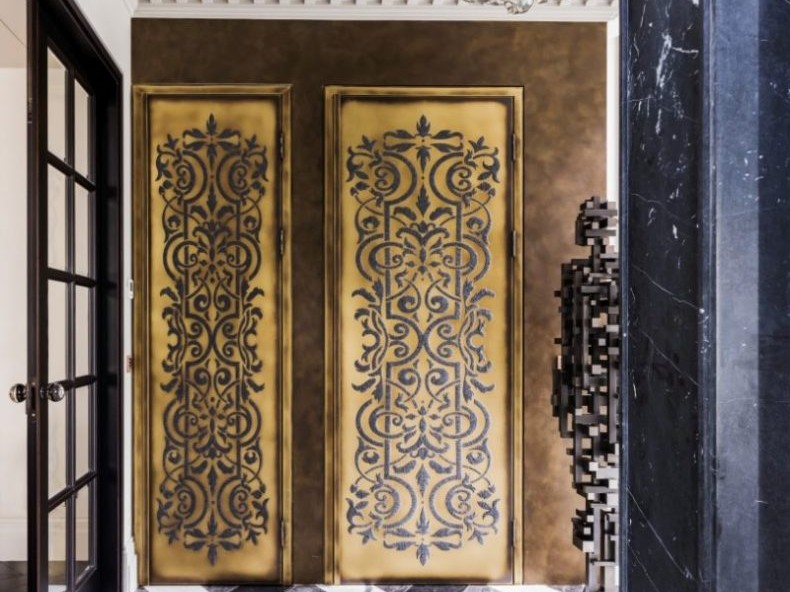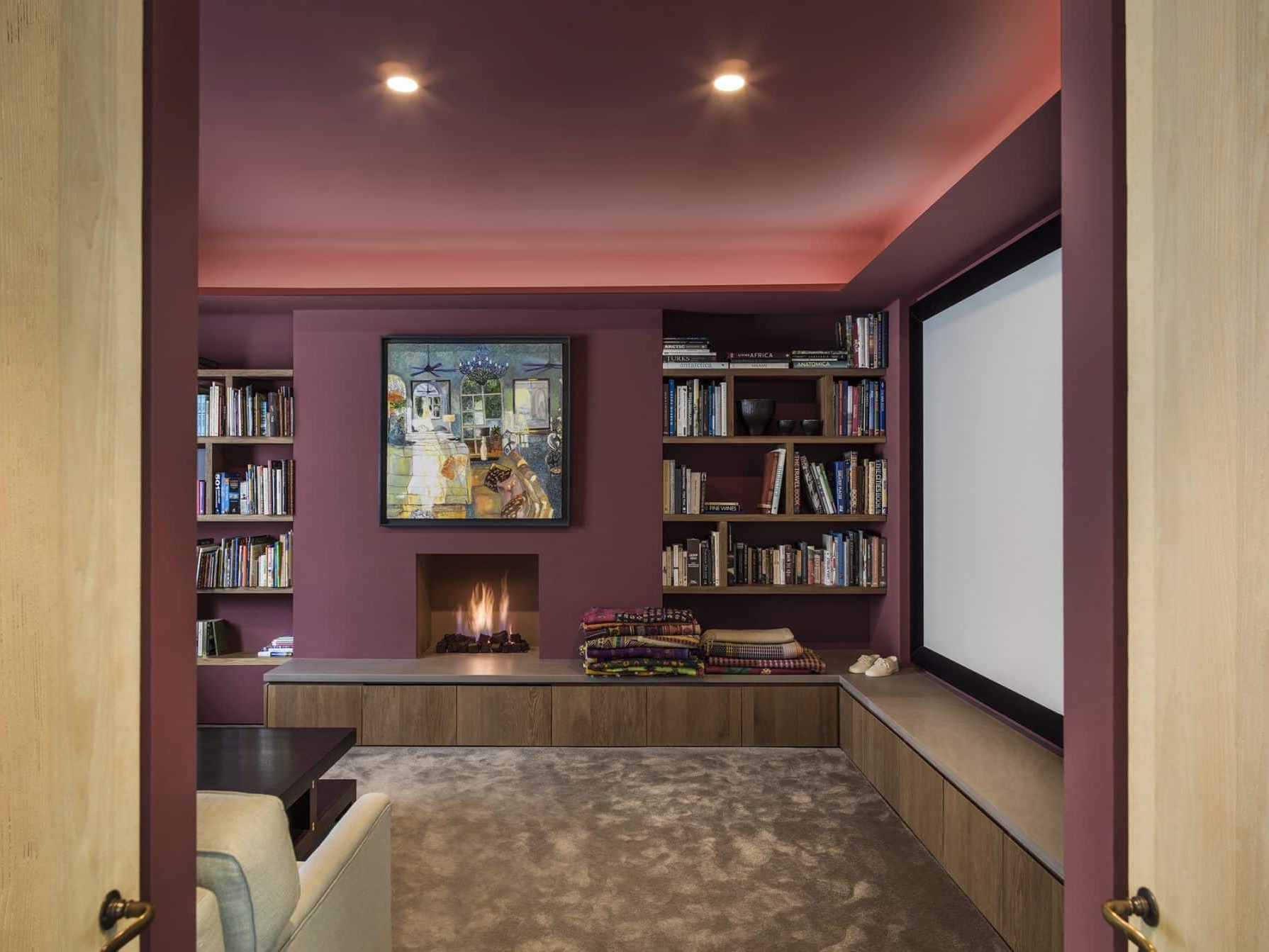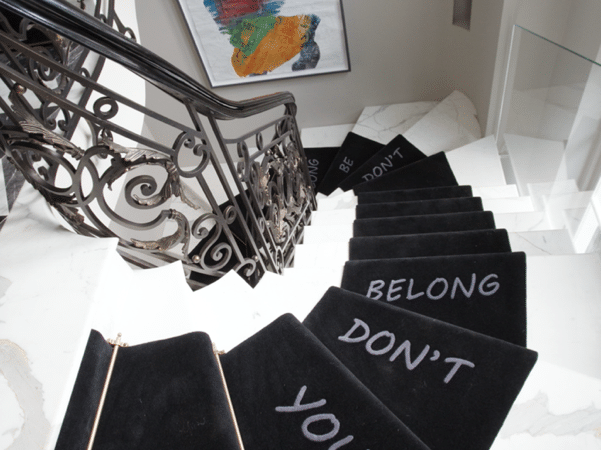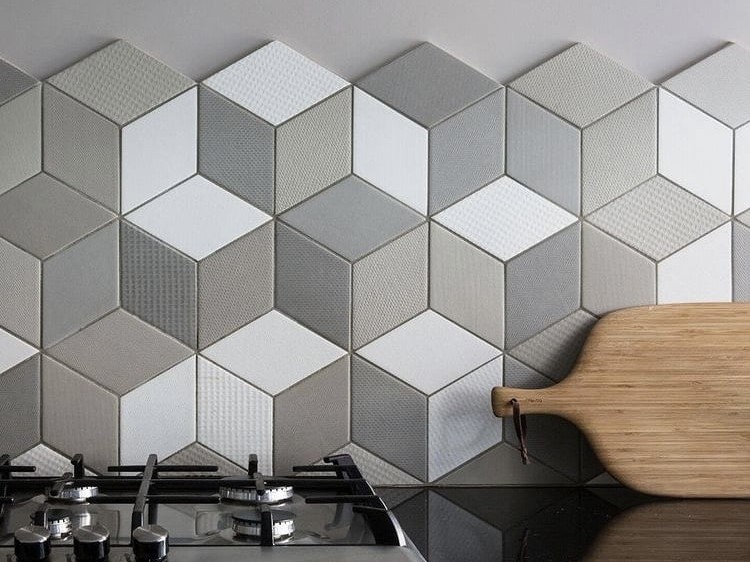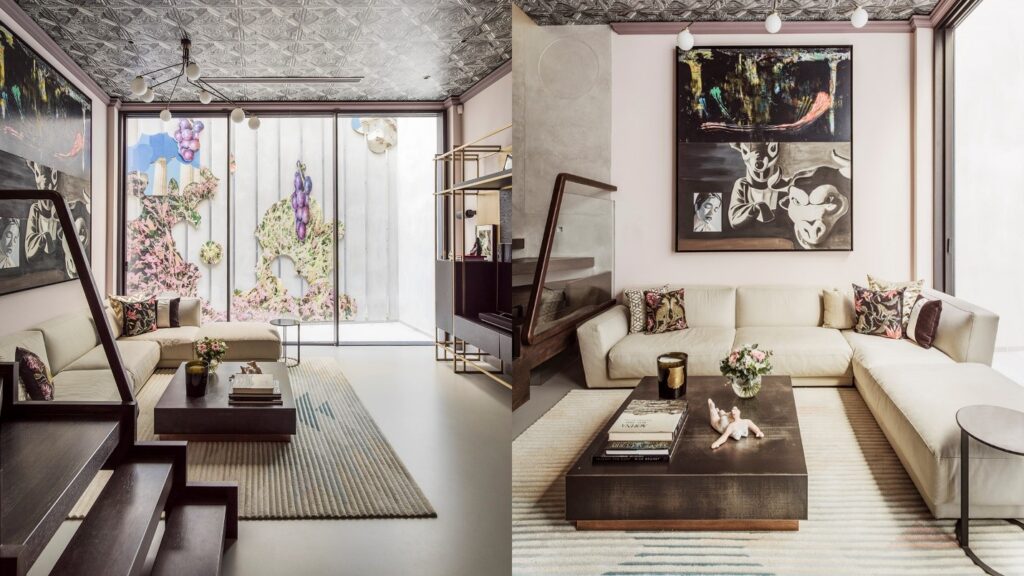
When you’re looking for ideas to design a space for a small room first, consider the size of the room. If the room is very small, a dark or bold ceiling colour may make it feel even smaller. In this case, it’s best to stick with a light and neutral colour to help maximize the space.
You can experiment with bolder colours for the ceiling. A darker shade can create a cozy and intimate atmosphere, while a brighter shade can add energy and vibrancy.
Next, think about the overall colour scheme of the room. You want the ceiling colour to complement the walls and other decor elements, rather than clash with them.
If you’re not sure which colour to choose, consider using a shade that’s a few shades lighter or darker than the wall colour. This creates a subtle contrast and adds depth to the room without being too overpowering.
Finally, remember that the ceiling is often overlooked in room design, but it can have a big impact on the overall look and feel of a space. Don’t be afraid to experiment with different colours and finishes to create a unique and personalized look.
Reflective Surfaces
One of the easiest and most effective ways to make a small room feel larger is by incorporating reflective surfaces into your décor. Mirrors, glass, and metallic accents can all help to bounce light around the room.
Consider adding a large mirror or a metallic wallpaper to one wall to reflect light and make the room feel brighter. If you have a window, consider opening up the wall with a glass window and incorporating a wall art installation on the outside. You can also incorporate glass or mirrored furniture, such as a coffee table or side table, to add a touch of glamour and make the room feel more spacious.
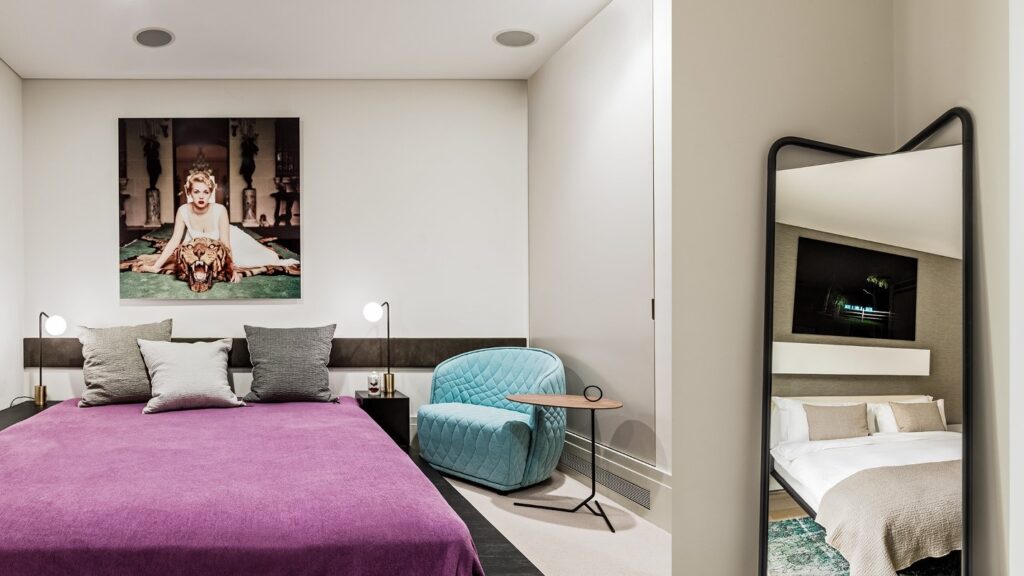
Small Bedroom Design Ideas
When setting up a small bedroom, it’s important to choose furniture that doesn’t take up too much visual space. Low profile furniture, such as a platform bed or a low dresser, can help create a sense of openness and make the room feel less cluttered.
Instead of a headboard, consider adding a simple feature on the back wall, such as a statement wallpaper, a small lateral board or a piece of artwork. This can add visual interest to the room without taking up valuable space.
When it comes to lighting, avoid drop lighting or large chandeliers, which can make the ceiling feel lower and the room feel smaller. Instead, opt for wall-mounted or bedside lamps to create a cozy and intimate atmosphere.
Adding pops of color can also help liven up a small bedroom. Consider using colorful accent pillows or a bright area rug to add interest and personality to the space. Just be sure to keep the overall color scheme simple and cohesive to avoid overwhelming the room.
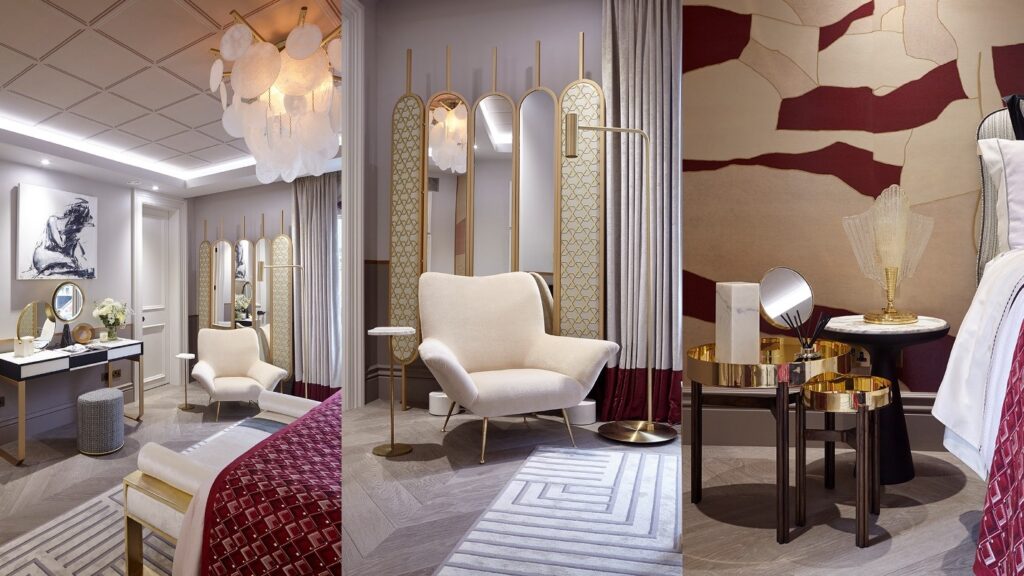
Tips On Accessorizing A Small Room
Follow these simple ideas when designing a small room:
Use mirrors
Mirrors can help create the illusion of more space and reflect light to brighten up the room. Hang a large mirror on one wall or use smaller mirrors as accents.
Choose the right size furniture
Make sure your furniture is proportional to the size of the room. Don’t overwhelm the space with large pieces that take up too much floor space.
Add plants
Plants can add life and color to a small room. Choose plants that don’t take up too much space, such as succulents or small potted herbs.
Use wall art
Hang a statement piece of art on the wall to add visual interest and draw the eye up. A gallery wall of smaller pieces can also work well in a small room.
Incorporate functional storage
Use decorative baskets or boxes to store items and keep the room clutter-free. A storage ottoman or bench can also provide extra seating and storage.
Choose a color scheme
Stick to a cohesive color scheme to create a sense of unity in the room. Use pops of color in your accessories to add interest and personality.
Don’t overcrowd
Avoid cluttering the room with too many accessories. Keep it simple and choose a few key pieces that make a statement.
How To Create A Snug Room From A Small Room
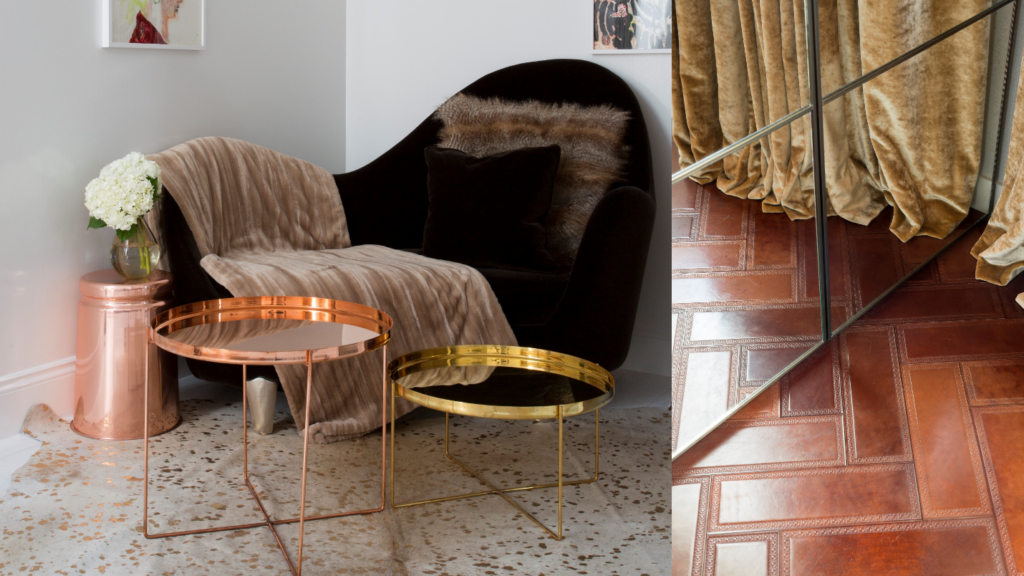
Colours that work (and colours to avoid)
Choosing the right colours is essential when decorating a small room. Light, neutral colours are best, as they reflect light and make the room feel brighter and more open. White, beige, and light grey are all excellent choices for walls and ceilings.
When it comes to accent colours, choose one or two colours that complement each other and stick to a simple colour scheme. Avoid using too many different colours or bold patterns, as these can make the room feel cluttered and overwhelming.
Dark colours should be avoided in small rooms, as they can make the space feel smaller and more enclosed. If you do want to incorporate darker colours, use them sparingly as accents or in small doses.
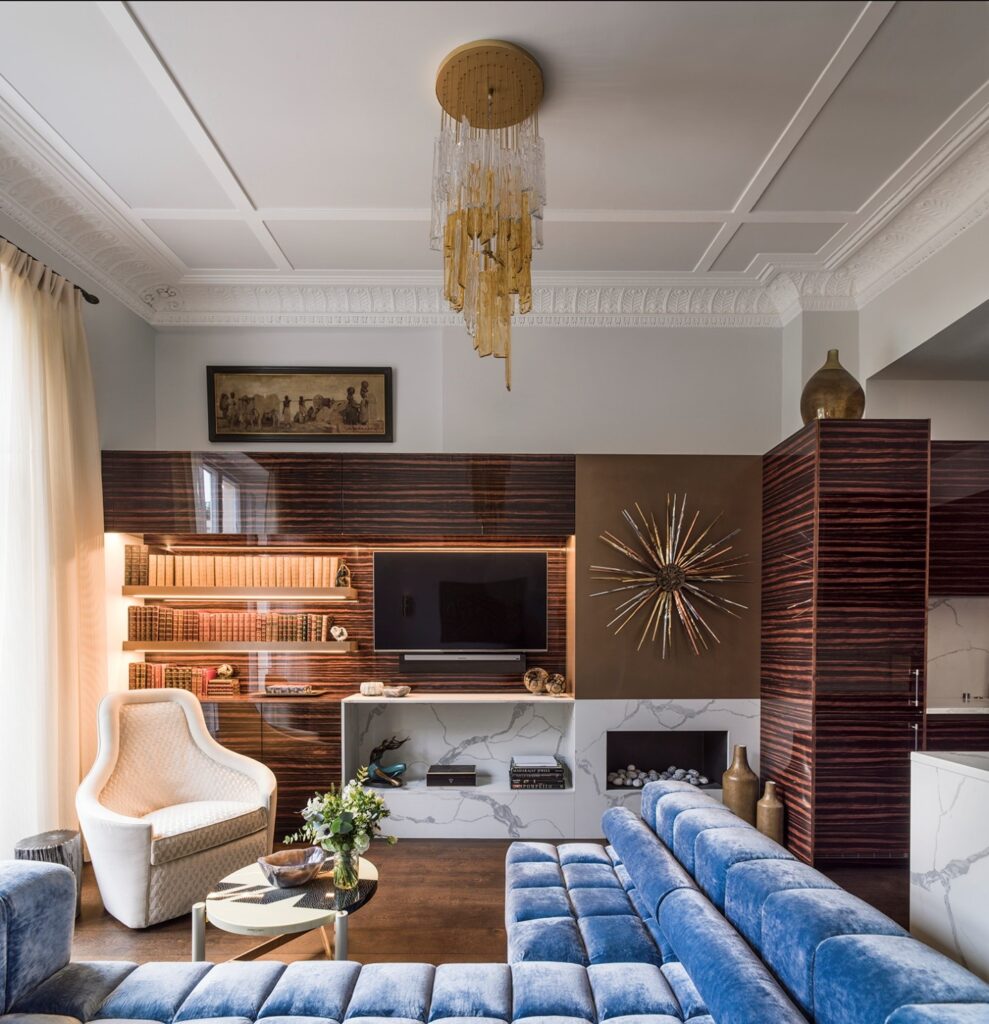
Never Forget A Small Room In A Large House
If you have a large house, it can be tempting to focus all of your attention on the larger rooms and neglect the smaller ones. However, small rooms can be just as important and deserve just as much attention. The example above of this sitting area is open planned and incorporates the kitchen to the right and the main living room leads from this area.
By decorating your small rooms with care and attention to detail, you can create a cohesive and harmonious look throughout your entire home. Consider incorporating the same colour scheme for wall finishes and opt for pops of colour or design elements from your larger rooms into your smaller ones to create a sense of continuity and flow.
Related articles
Wabi Sabi Design Principle
Learn all about the Japanese design philosophy, rooted in simplicity, authenticity and imperfection.
What Would Coco Do?
This week the V&A opens its fabulous new exhibition, Gabrielle Chanel: Fashion Manifesto.
Few would argue that Gabrielle Chanel was a true creative visionary, and in many ways she wrote the rulebook for contemporary style. Thinking of some of her most quoted wisdoms - we can't help but notice how relevant they also are for interiors...
Power Of Monochrome In Interior Design
We’re so thrilled to launch the Shakti Design Residency in India, a new annual initiative to support emerging international design talent.


